Short Sword Characteristics: Length, Sizes, and Evolution
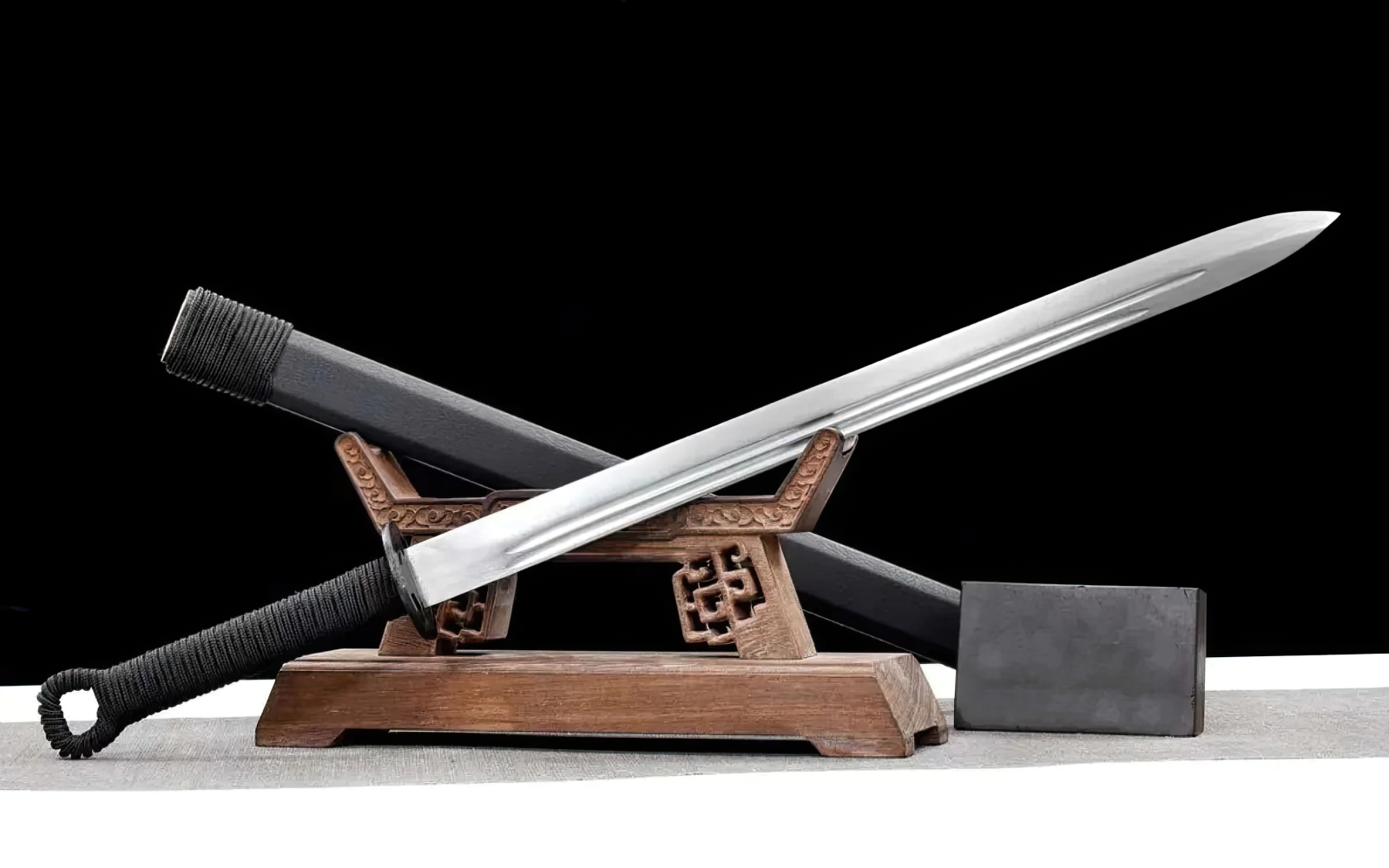
The characteristics of short swords are what makes them one of the most effective blades throughout history. Unlike longswords, they are often secondary weapons for close quarters combat, and often play a key role in a warrior’s survival. Due to their importance, swordsmiths produce the finest short swords using the best resources and technology of the time.
This article delves into the general characteristics of short swords and how they evolved throughout different time periods.



Short Sword Size and Length
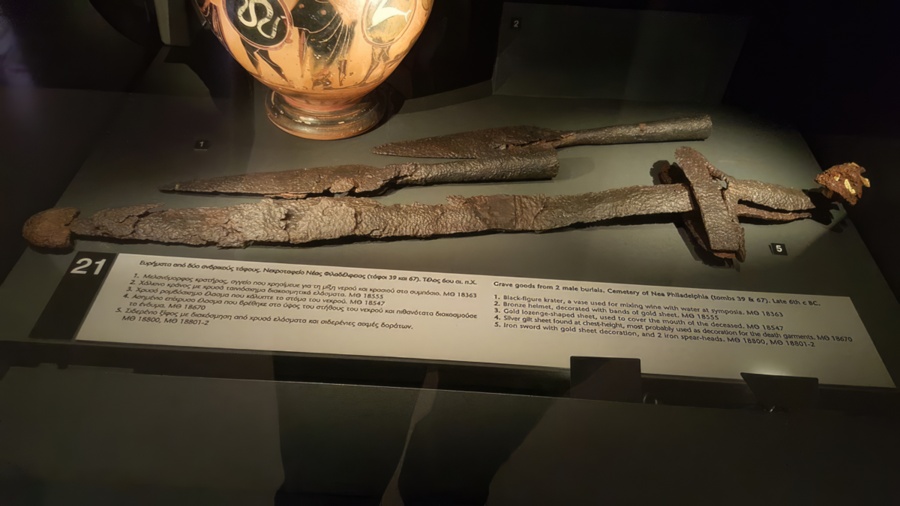
The overall length of short swords may also vary as they can be one or two handed swords.
However, most short swords have a blade length between 11.8 to 23.6 inches (30 to 60 centimeters) except for the arming sword that averages around 27.6 – 31.5 inches (70 to 80 centimeters). This is likely due to the limitations of bronze or iron.
Due to their shorter length, short swords are often used as secondary weapons in close quarters combat. This is especially true of the:
- Greek Xiphos – Greek hoplites use a long thrusting spear or dory, but resort to the xiphos or kopis once the enemy is closer.
- Viking Sax – Like the gladius, the Viking Sax is used when fighting in close quarters, especially within the shield wall.
- Spartan Encheiridion – When warriors complain that the encheiridion was short, they were often told to fight closer to the enemy.
Type of Steel
The type of steel used in short swords depended on the resources and metallurgical technology available at the time.
Bronze Age

The earliest short swords were made of bronze. Since it is a relatively soft material, blades could be formed into various shapes but are prone to bending or breaking.
- Greek xiphos – Some later versions were made of iron.
- Spartan encheiridion – Believed to be made of bronze.
Iron Age

In the early Iron Age, the advent of working with iron began, but with a softer version. For example:
- Celtic swords – Made from relatively soft steel, equivalent to wrought iron today.
- Viking sax – Essentially a long knife classified as a short sword, it is made from a small amount of iron and served as a functional tool and combat weapon.
Later, as technology advanced, new short swords were introduced. Since iron was much harder than bronze, this permitted the creation of longer blades that were more durable. In turn, this led to a shift in battle tactics.
- Roman Gladius – Made of iron with varying degrees of carbon content.
Classical Era (600 BCE – 476 CE)
The classical era or classical antiquity began around 600 BCE, marking the rise and fall of many empires. Around 400 BCE, Indian metalworkers invented a new smelting method that used the perfect ratio of carbon to iron, resulting in steel. This “wootz steel” was shipped across the world where Syrian smiths used it to forge Damascus steel swords.
During this time, since swordsmiths were not as confident with the relatively new material, steel swords made at this time were still relatively short. By the 3rd century BCE, steel swords were widely used in China.
The Middle Ages
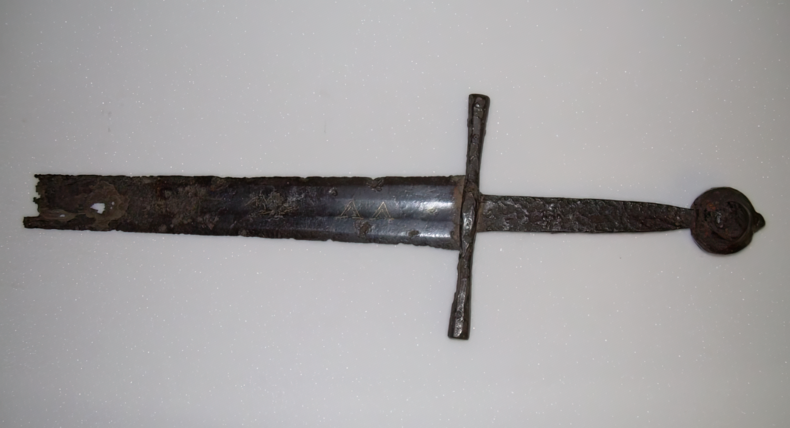
With time, steel was introduced. More durable and harder than iron, it soon became the standard and could be used to produce longer swords. This led to the creation of the Arming Sword and the Bastard Sword, heavy-duty blades that held up to the rigors of battle.
Muromachi Period
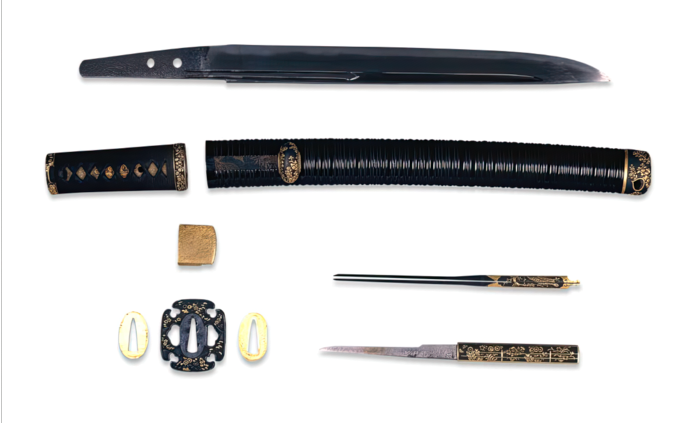
Outside Europe, Japanese swordsmiths forged the wakizashi from tamahagane steel smelted from a traditional furnace. Unlike other swords that required a shield, the samurai sword was capable of defense and attack due to its hard cutting edge and flexible core.
Modern Day
In modern times, although steel is still a popular choice for the construction of short swords, other materials such as alloys and carbon steel are used to produce blades that are strong, sharp, and lightweight.
Blade Appearance and Shape
Short sword blades come in a variety of shapes depending on its function, battle tactics, culture, and technology available. Generally, straight blades are best for thrusting while curved blades are for slashing.
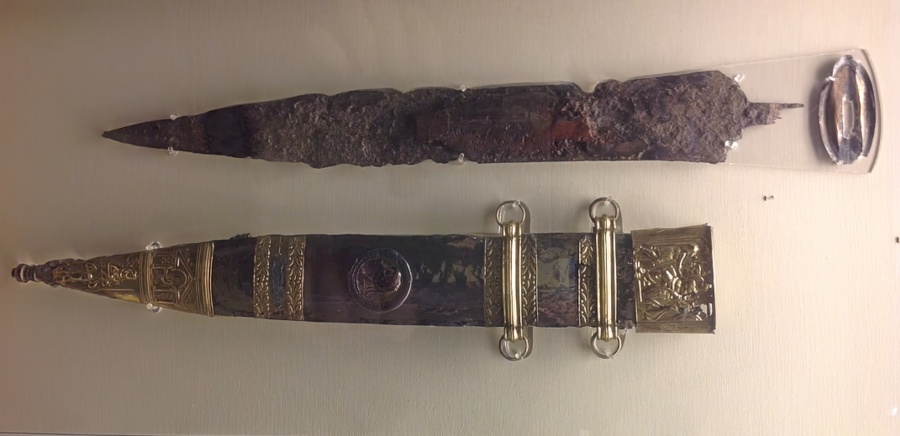
A good example of a short sword designed to suit battle tactics is the Roman Gladius. This one-handed sword with a straight double edged short blade was designed for thrusting in tight formations.
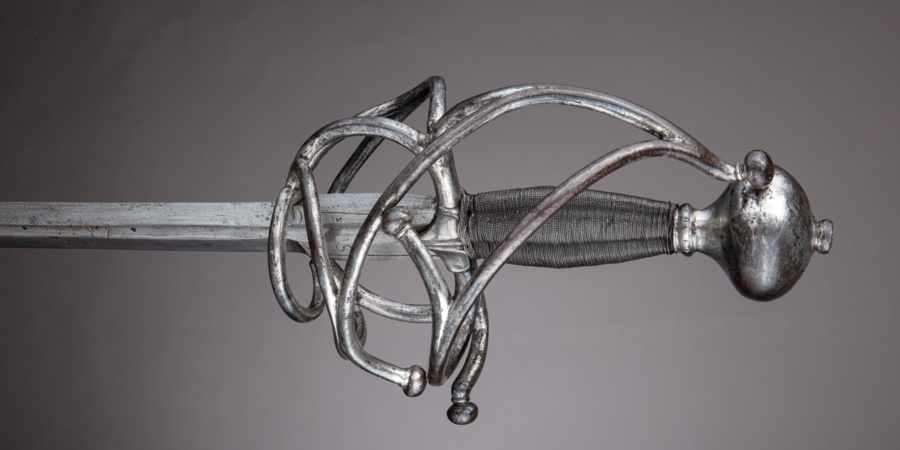
Similarly, the Renaissance Era that began in the 15th century saw a rise in personal dueling and more advanced smithing techniques. This led to new types of swords such as the Side Sword, an Italian sword designed for cutting and thrusting. It eventually became the standard weapon for citizens and soldiers.
Blade Features
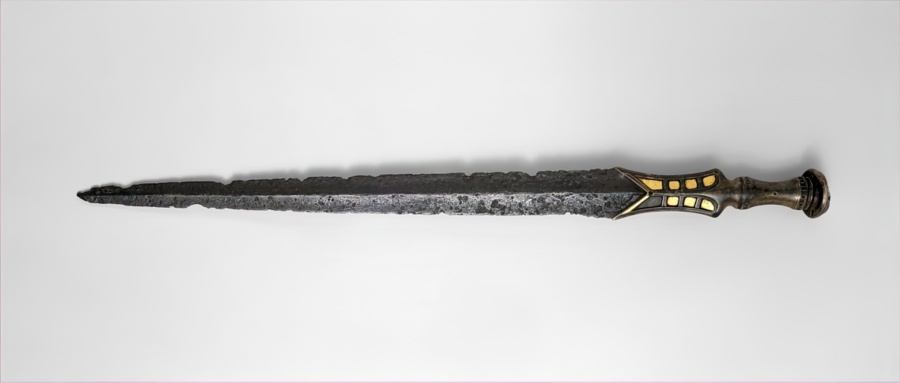
Short swords can also have different features depending on when they were made. Earlier swords have raised central ridges to strengthen the structure as the steel is softer. When this is no longer an issue, later swords feature grooves or fullers to decrease its overall weight to improve its performance.
Short Sword Mountings
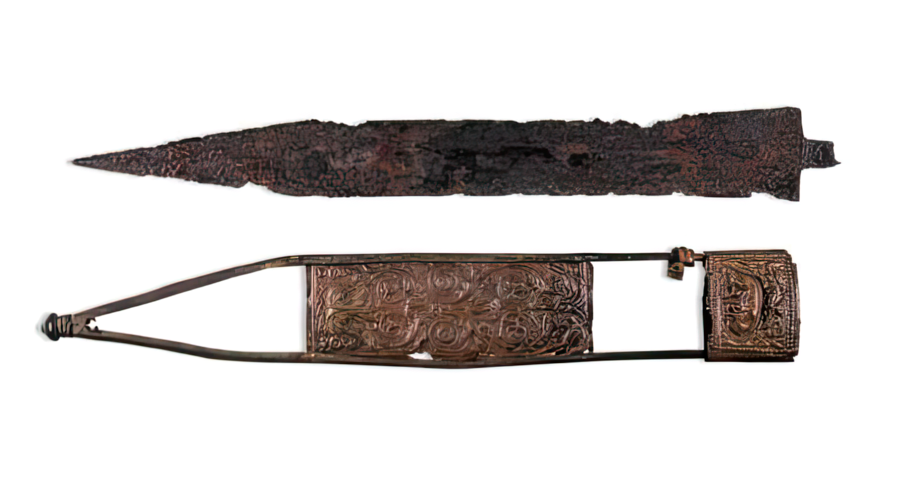
The mountings for short swords differ based on culture and need. For example, since short swords were efficient sidearms for close-quarters combat, they are often carried in scabbards, slung on the hip. This is seen in the:
- Roman Gladius
The Roman soldiers carried their gladius on the right hip, but the Roman Centurion distinguished oneself by wearing their short sword on the left hip.
Geographical Region
Some special sword mountings are also classically associated with specific regions. For example:
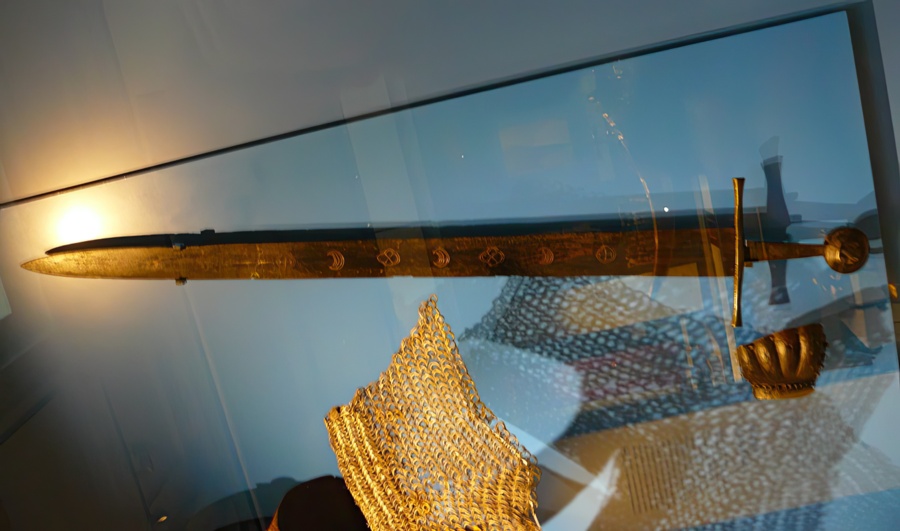
- Simple cruciform hilt
This is often associated with weapons of the Middle Ages, with the exception of the baselard which often had an H-shaped hilt. Most European short swords also featured a pommel which counterbalanced the blade.
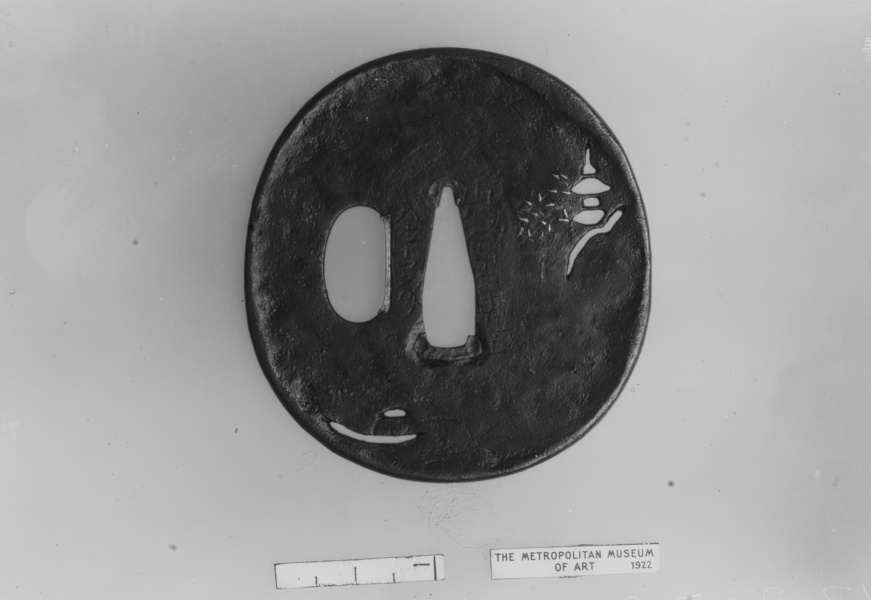
- Tsuba
On the other side of the world in feudal Japan, the Japanese wakizashi is a samurai sword with tsuba or rounded handguards which protects its wielder while also serving as a decorative piece.
Status Symbols
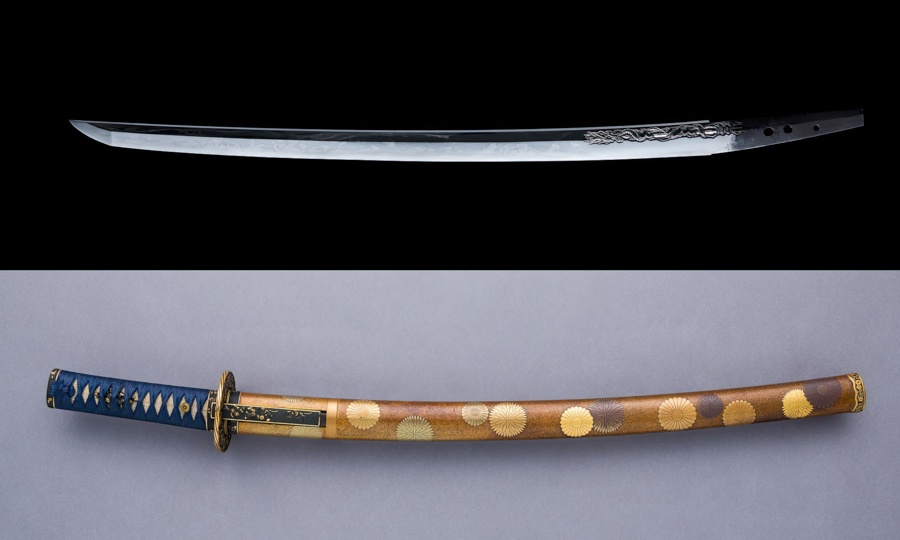
Some short swords were not only weapons, but also symbols of one’s status. One of the best examples would be the Japanese Daisho consisting of the katana and wakizashi as a pair with matching sword mountings.
For this reason, the wakizashi’s mountings such as the tsuba, fuchi (hilt collar), kashira (pommel cap), and even the scabbard often reflect the samurai warrior’s wealth and personal style. Oftentimes, the more elaborate and intricate the mountings, the higher their social standing.
Weapon Pairings
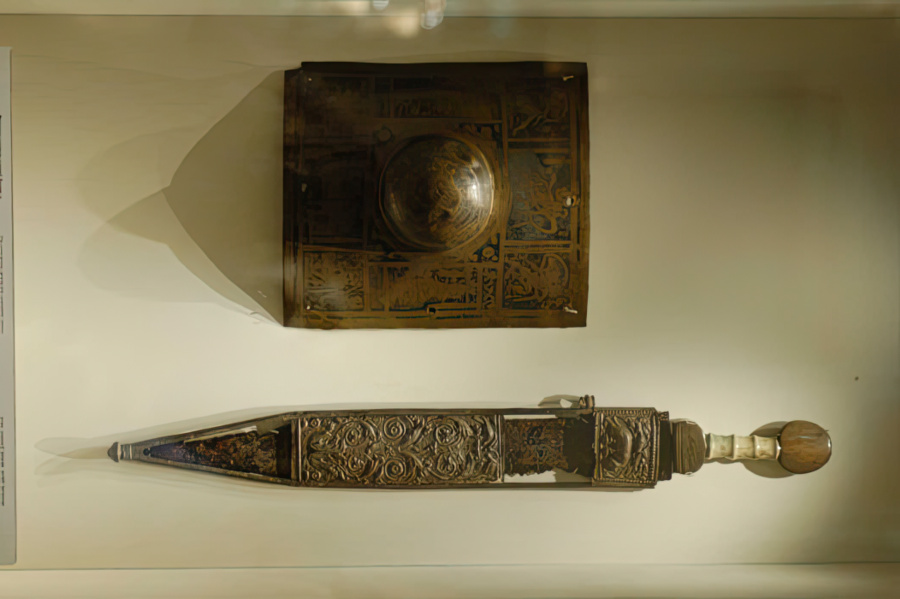
Early short swords from the Bronze and Iron Age often cannot withstand metal-on-metal impact. Therefore, shields are often used in combination to ward off the enemy’s sword. This is seen in the:
- Greek Hoplites: The hoplites use large round shields that played a crucial role in their victory or defeat.
- Medieval Times: In the medieval times, short swords were also often paired with shields. In fact, many shields in combat had spikes.
